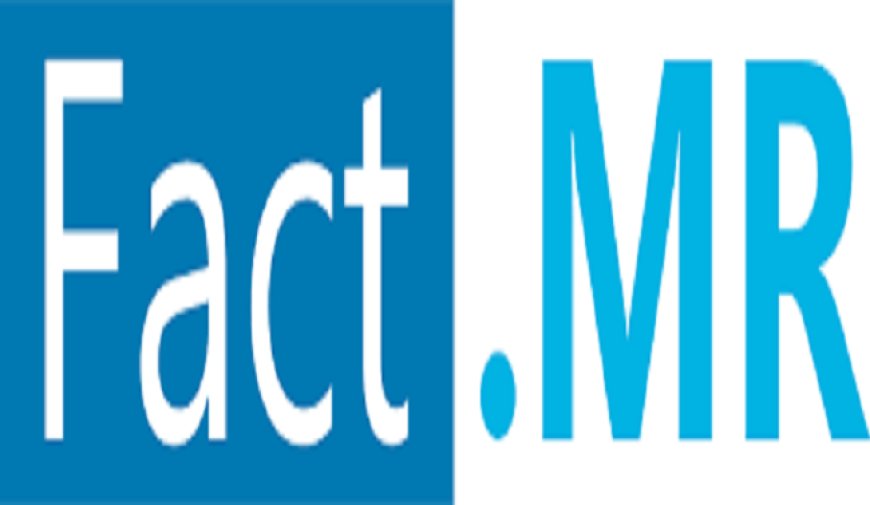Snowboard Equipment Market Current Analysis & Forecast by Fact MR
The global snowboard equipment market is expected to grow at a 3.9% CAGR over the next decade, reaching a value of $455 million by the end of 2033.

The global snowboard equipment market is expected to grow at a 3.9% CAGR over the next decade, reaching a value of $455 million by the end of 2033.
Snowboard equipment is specifically intended for the sport of snowboarding and includes a snowboard, bindings, boots, outerwear, and protective gear. What distinguishes snowboard equipment from alternatives is its versatility, which makes it easier for beginners to learn while also providing better control and manoeuvrability on snow-covered slopes. The convenience of having both feet tied to the same board adds to a shorter learning curve. Snowboard equipment also excels at freestyle, allowing riders to effortlessly perform tricks and manoeuvres.
The market is driven by the increasing popularity of snowboarding as a recreational and competitive sport, accompanied by a global increase in participation rates. Technological advancements, the globalization of snowboarding culture, and a growing focus on sustainability further contribute to the market's growth.
The snowboard equipment market faces the challenge of seasonal demand, with sales heavily dependent on winter weather conditions, limiting revenue streams during off-seasons. Furthermore, the market's growth is tied to the health of the tourism industry, as many snowboarding destinations rely on visitors.
Key Takeaways:
- Japan is widely recognized as a favored destination for snowboarding enthusiasts worldwide. The presence of abundant high-quality snow and well-established ski resorts in Kyushu, Tohoku, Hokkaido, and Yuzawa is expected to drive sales of snowboard equipment in Japan during the forecast period.
- In the United States, the increasing emphasis on both mental and physical well-being has led to a surge in engagement in outdoor recreational pursuits. This trend is anticipated to drive the demand for snowboarding equipment and apparel across the country.
- Split board sales are expected to hold approximately 25% of the total global market revenue share. The rising accessibility of split boards and the continual introduction of new split board models are anticipated to contribute to an increased demand for these products in the coming decade.
List of Key Companies Profiled in The Report
- Amer Sports Corporation
- Academy Snowboard Co. Inc.
- Emsco Group Inc.
- Zion Snow Boards
- Skis Rossignol SAS
- Newell Brands Inc.
- Others
Currently, the sales of winter sports equipment in North America hold a substantial portion of the global industry landscape, and this trend is expected to persist during the forecast period. The increased consumer expenditure on outdoor activities and the rising popularity of exhilarating sports play pivotal roles in driving the growth of the snowboard equipment market in the North American region in the upcoming years.
Market Competition
Prominent manufacturers are enhancing their business potential through the introduction of new services and solutions, aiming to augment their revenue-generating capabilities. Key players in this endeavor include Amer Sports Corporation, Academy Snowboard Co. Inc., Emsco Group Inc., Zion Snow Boards, Skis Rossignol SAS, and Newell Brands Inc.
- In December 2022, Burton, a snowboarding equipment provider based in Vermont, introduced an online rental initiative. This program enables riders to rent complete snowboarding kits and have them delivered to a destination of their choosing. Supported by "Arrive," a technology company specializing in rental and resale channels, the initiative aims to enhance the overall user experience.
Winning strategies
- Leading companies are smartly designing snowboard gear for specific terrains like backcountry, park, and powder. This caters to the different preferences and skills of riders. For example, backcountry gear is built for durability and stability, while park gear focuses on agility for tricks.
- A great strategy in this market is using virtual try-on features and augmented reality in online platforms. This lets customers see and customize their snowboard gear before buying. It's a great solution for online shoppers who can't physically try on products.
- Incorporating smart technologies into snowboard equipment, such as sensors for performance tracking, integrated heating elements, and smart bindings, provides companies with a competitive edge by offering advanced and innovative features.







